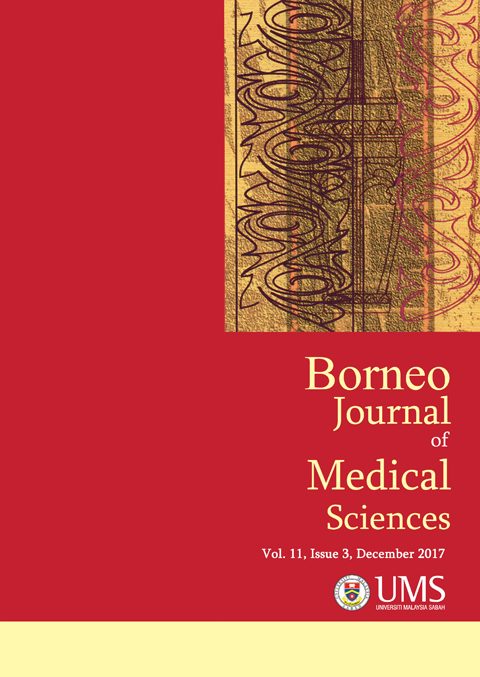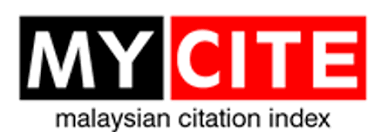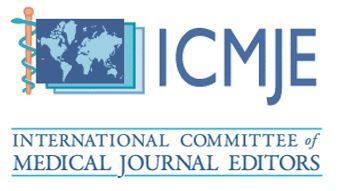A Fatal Case of Metformin and Gliclazide Poisoning and its Management
DOI:
https://doi.org/10.51200/bjms.v11i3.978Abstract
Both metformin and gliclazide have been used extensively in the management of type II diabetes mellitus. Metformin and gliclazide overdose can lead to severe hypoglycaemia refractory to intravenous (IV) dextrose rescue therapy. A 21-year-old man complained of vomiting and felt dizzy after four hours of taking 70 tablets of Metformin 500 mg and 40 tablets of Gliclazide 80 mg. He had major depressive disorder and wanted to commit suicide. He was given IV Dextrose 50% 50 cc immediately. Octreotide had been used successfully to reverse the refractory hypoglycaemia caused by gliclazide overdose. Unfortunately, he developed severe lactic acidosis with acute kidney injury. Dialysis had been done by continuous venovenous haemodiafiltrationa and intravenous sodium bicarbonate 8.4% infusion was given. However, the patient succumbed due to the severe lactic acidosis and kidney failure despite of urgent dialysis. Octreotide infusion helps in preventing refractory hypoglycaemia secondary to sulfonylurea overdose by inhibit calcium-mediated insulin release. Metformin overdose causes severe lactic acidosis due to conversion of glucose to lactate. Sodium bicarbonate therapy in metformin induced lactic acidosis is also controversial. Though sulfonylurea and metformin are the most commonly-prescribed anti-hypoglycaemic agents, thus during prescribing everyone has to be careful about the overdoses and side effects of these drugs.
Keywords: metformin, gliclazide, poisoning, octreotide
Downloads
Published
How to Cite
Issue
Section
License
The copyright of the article belongs to the authors, who retain ownership of their work published in the journal. Their work is distributed under the CC BY-NC 4.0 license








1.png)




